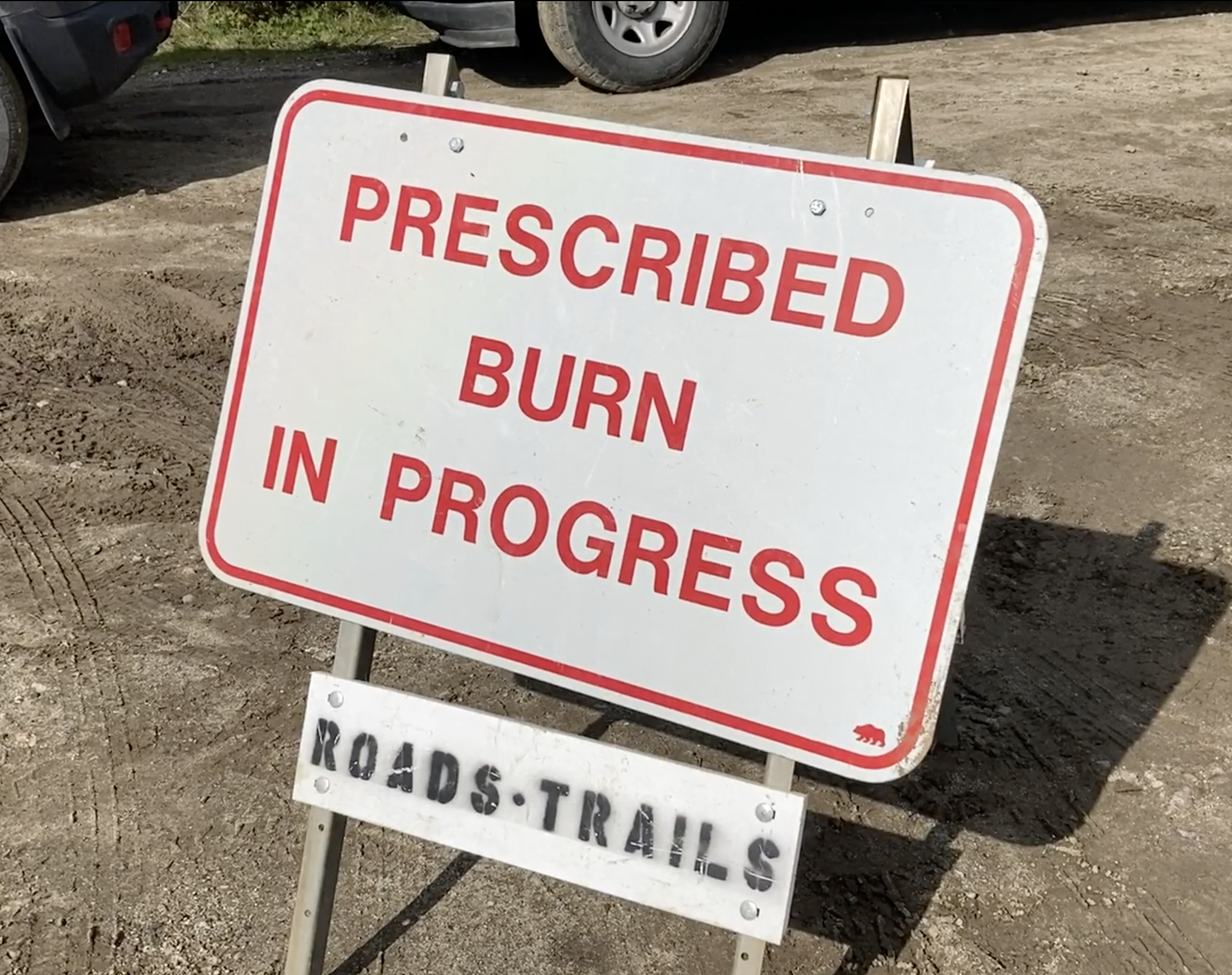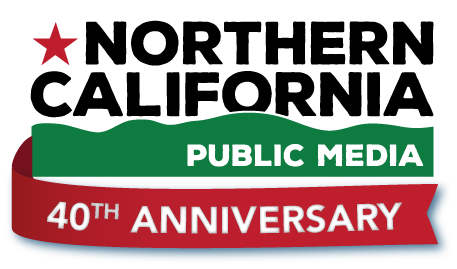This season, we’re looking at environmental racism across the country, and today that takes us to the sugarcane covered, oil-rich region at the intersection of southern Louisiana and the Gulf of Mexico: Iberia Parish.
In this episode of Living Downstream, we will hear from people who say they are fighting over something that their families have already fought for generations to maintain: wealth. In this case, we’re talking about land: what grows on it and what lies under it.
We’ll hear from Black sugarcane farmers who say it’s become impossible to stay within the industry. These farmers describe the challenges of keeping their businesses afloat in an atmosphere of overwhelming racism, and they share with us how the stress is affecting their minds and bodies.
And we'll hear the poignant story of a woman who documents how oil was taken from her family's land, while the only compensation was a $10 contract she says is a fraud.
Gulf States Newsroom regional healthcare reporter Shalina Chatlani takes the story from here.
From Northern California Public Media and Mensch Media, this edition of Living Downstream is guest hosted by Molly Peterson.
This time, from the Coachella Valley, east of Los Angeles, we’re talking about the biggest lake in California — now starved of water — and the people who live around The Sea Next Door.
The Salton Sea sits in a depression of land 30 miles from the Mexican border — and it poses a growing threat to public health. In this episode, two young women from the Eastern Coachella Valley introduce us to their neighbor.
We begin with Adriana Torres, who lives in a rural community there: an area called North Shore. We'll also hear from her classmate Rosa Gonzalez.
So if you want to do something about the climate emergency, the thinking goes, you can’t just focus on things like reducing greenhouse gas emissions and preparing for disasters. You need to address long-standing social and economic inequities at the same time.
Climate justice is the big idea behind the Green New Deal — the resolution that Representative Alexandria Ocasio-Cortez first introduced with Senator Ed Markey in 2019 and re-introduced in April of 2021.
Congress hasn’t formally adopted the Green New Deal, but many local governments around the country have gone ahead and passed their own versions. Ithaca is one of them. And it’s brought in a man with a global vision to lead the charge. Veteran public radio reporter — and long-time Ithaca resident — Jonathan Miller takes us there.
On this episode of Living Downstream, Texas Public Radio’s Yvette Benavides takes us to Central and South Texas where summer days are frequently in the upper 90’s, but where in many low income neighborhoods the mercury climbs even higher.
And with climate change, these areas will be experiencing more extreme temperatures, more frequently and for longer durations.
New research shows how these hotter temperatures are taking a toll on the people who live in some city neighborhoods — typically in communities of color. The heat is affecting their bodies and minds — effectively shortening their lives.
We'll be hearing from some Spanish-speaking residents as they explain how they coexist with the heat. Yvette will translate, but we’ll make room for these Texans to have their voices heard in their own language.
What's the connection between longstanding racism in our cities and the built environment there? What can be done to reverse what the EPA and many researchers call “the Urban Heat Island Effect”? The answers will demand that we untangle a complex web of issues, reject some of our prejudices and think creatively. That’s essential if we want to save lives and come to grips with the changing planet and our place in the community of people inhabiting it. Yvette Benavides reports.
Read more: Degrees of Injustice: The Social Inequity of Urban Heat Islands
 Amah Mutsun Tribal Chair Val Lopez and CSU Chico's Don Hankins explain the vital potential that controlled burning has, both in terms of the health of California's wildlands and its indigenous people. When people think of California Indian culture and cultural resources, they often look at tangible objects such as basketry, housing, clothing, food, and dance regalia such as feathers, whistles, skins, clapper sticks, etc. These are all important manifestations of Mutsun culture, but it is important to place these remarkable people in the present and not relegate them to the past.
Amah Mutsun Tribal Chair Val Lopez and CSU Chico's Don Hankins explain the vital potential that controlled burning has, both in terms of the health of California's wildlands and its indigenous people. When people think of California Indian culture and cultural resources, they often look at tangible objects such as basketry, housing, clothing, food, and dance regalia such as feathers, whistles, skins, clapper sticks, etc. These are all important manifestations of Mutsun culture, but it is important to place these remarkable people in the present and not relegate them to the past.
For more information about the tribe:
http://amahmutsun.org
Watch the video here:
https://norcalpublicmedia.org/video/natural-heroes/bab504short4mutson
Northern California
Public Media
Newsletter
Get the latest updates on programs and events.

 Live Radio
Live Radio